Maria Sibylla Merian was a game old bird of entrepreneurial bent, with an overwhelming obsession with insects. Born in Frankfurt in 1647, she sacrificed her health and financial stability in pursuit of her passion. It carried her halfway across the globe and earned her lasting renown among a handful of cognoscenti.
Merian was 15 when Jan Goedart published the first of his three volumes of Metamorphosis et historia naturalis insectorum and is unlikely to have seen the book until later. Goedart’s purpose, based on close observation of a range of insects, was a fuller understanding of insect life cycles. It was the same purpose to which Maria Merian devoted herself — even resorting to selling snakes, lizards, a tortoise and a crocodile to fund her compulsion. Like Goedart and his contemporary Jan Swammerdam, Merian’s published work would explode the belief then current that butterflies and moths burst into life spontaneously rather than through processes of metamorphosis.
Silkworms were her first enthusiasm. Afterwards she focused on ‘the far more beautiful butterflies and moths that developed from caterpillars other than silkworms’, notably those she saw in the Dutch colony of Suriname, on the north-east coast of South America. Surinamese specimens are showcased in her best-known work, Metamorphosis Insectorum Surinamensium, published in 1705. Hand-coloured plates from the latter, printed on vellum and acquired by George III in the late 1760s, comprise the current exhibition at the Queen’s Gallery, Buckingham Palace.
Merian made no bones that hers was a vocation and she presented herself as a dedicated naturalist. She would claim that, in order to study insect metamorphosis, she ‘withdrew from society and devoted myself to …investigations’; she claimed, too, that her interest in painting arose specifically from entomological curiosity: ‘I wished to become proficient in the skill of painting in order to paint and describe them from life.’ In fact, art dominated her life from childhood. Her stepfather, Jacob Marrel, was a flower painter, whose art collection included works by Titian, Van Dyck and Gerrit van Honthorst. He taught Maria to paint, who in turn taught the burgher daughters of Nuremberg.
In the free time available to her between teaching, looking after her infant daughters and the demands of late-17th-century housekeeping, Merian painted flowers for herself. She consistently strove for botanical and scientific exactitude, precise in every filament and fibre. A glowing quality to her palette — as iridescent as stained glass — suggests a romantic side, too. Observe, for example, her later study of tattered leaves of the gumbo-limbo tree, on which she depicted white witch moths, or the bulbous roots of cassava, a platform for sphinx moth eggs.
She did not, however, forfeit her first love for the more lucrative pursuit of flower painting. Following what appears to have been an amicable split from her husband and six years in a religious commune in the Netherlands, Merian placed an advertisement in an Amsterdam newspaper, offering for sale the entire contents of her studio. Her purpose was to fund a costly trip to Suriname to study insects in the wild.
Accompanied by her younger daughter Dorothea, Merian set sail in June 1699. She would return two years later on grounds of ill health, possibly malaria. In the meantime, assisted by local guides — who were also Dutch slaves — she hacked her way through Surinamese forest undergrowth in pursuit of caterpillars and their host plants. At home, she made annotated drawings and paintings. Back in Amsterdam, she spent four years transforming preliminary sketches into the dazzling plates currently on display at Buckingham Palace.
At first glance, the vivid luminescence of these images is startling. The dominant carmine reds and bright Prussian blue of ‘Branch of Pomegranate and Menelaus Blue Morpho Butterfly’ and the contrasting yellow-amber and blue-brown highlights of ‘Branch of West Indian Cherry with Achilles Morpho Butterfly’ glitter like the coloured shards in a kaleidoscope. For all her entomological earnestness, Merian evinces an unabashed joy in colour. The yellow-blue contrasts in ‘Branch of Pomelo with Green-Banded Urania Moth’, bisected by a bold slash of green in the form of the pomelo branch, recall handpainted Chinese silk wallpapers exported later in the century. That she revelled in gentler tonalities, too, is clear from the nougat-coloured swirls of the insect wings in ‘Branch of Pomegranate with Lanternfly and Cicada’ or the soft pink furbelows of petals in ‘Confederate Rose with Androgeous Swallowtail Butterfly’. Thanks to the fineness of Merian’s technique and the vellum grounds, the pictures’ surfaces suggest the softness of peach skin. Readers with an interest in 18th-century decorative arts will be unsurprised to learn that Merian’s images were among influences on painters at the Chelsea porcelain factory.
Metamorphosis Insectorum Surinamensium won instant acclaim. It failed to make Merian’s fortune, but in depicting each life stage of its subjects, it changed for ever not only our understanding of the insect life cycle but also the appearance of scientific illustration.
Got something to add? Join the discussion and comment below.
Get 10 issues for just $10
Subscribe to The Spectator Australia today for the next 10 magazine issues, plus full online access, for just $10.
You might disagree with half of it, but you’ll enjoy reading all of it. Try your first month for free, then just $2 a week for the remainder of your first year.

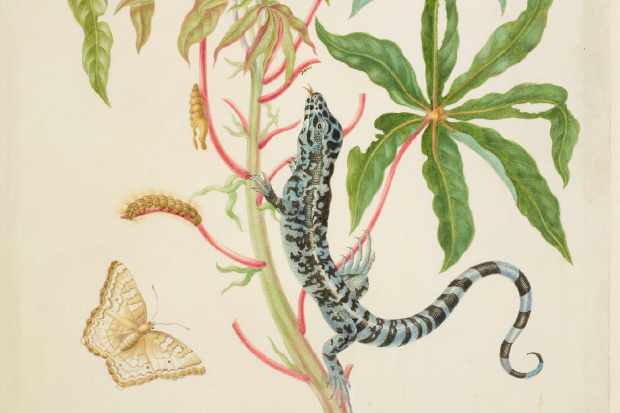
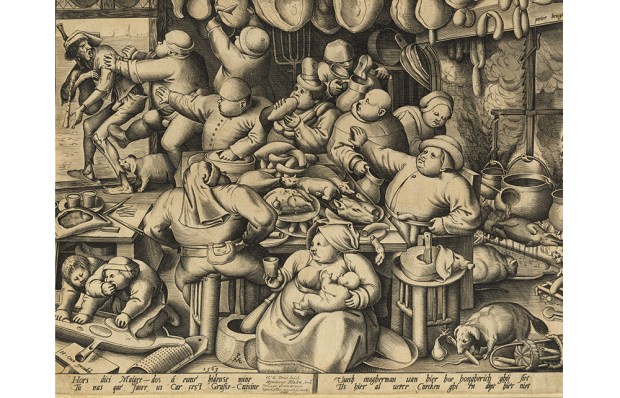

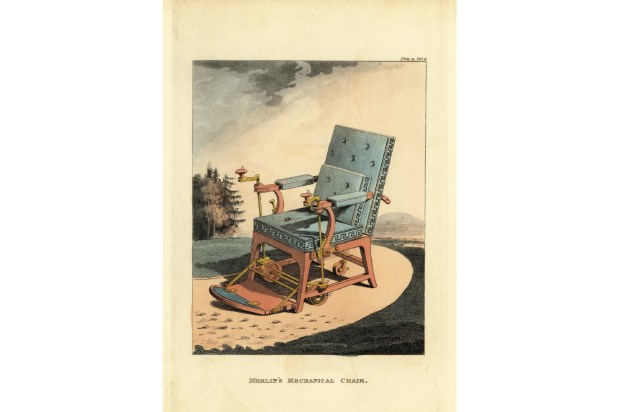
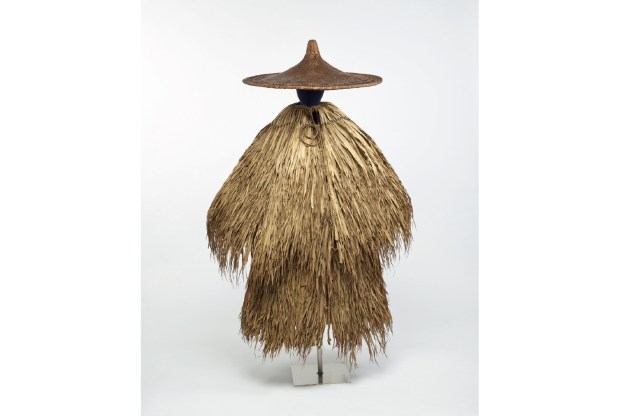
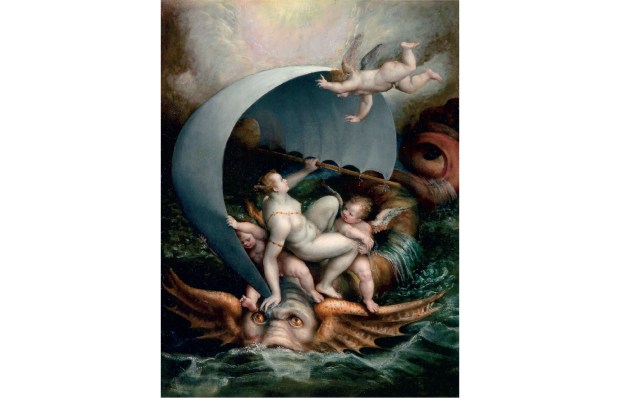







Comments
Don't miss out
Join the conversation with other Spectator Australia readers. Subscribe to leave a comment.
SUBSCRIBEAlready a subscriber? Log in